So I spent all morning messing around with some of those wind up emergency flashlights. I took both of them apart, and despite the size difference, found that they both used the exact same stuff on the inside. 3 LED bulbs, the same kind of power generator, attached to the spinning crank handle, and one LIR2032, 3.6v lithium ion button battery. I've mentioned before that I was interested in retrofitting one of these with an old cell phone battery, so that's what I did.
The cell battery I used was from an LG EnV2. It has a 3.7v Lithium Ion rechargeable battery with 950 mAh. I figured that 3.7v was close enough that I didn't have to worry about over/under powering anything.
First I removed the button battery, and using some wires checked to see if the cell battery would turn on the LEDs. After that I spent the rest of the morning thinking of ways stuff the cell battery into the flashlight housing. I initially tried to put the cell battery on its side, and at an angle, but it didn't quite fit. So I ended up doing what you see in the pictures. I didn't spend a lot of time making it pretty, because I basically just wanted to see if it works. As you can see, I'm not terribly concerned with it being water proof or anything.
So here is where I need help. I understand that lithium ion batteries need to stay above a certain charge, as per this post:
http://www.co-ar15.com/forums/showpo...7&postcount=14
I need help figuring out a way to measure the charge of the battery, and to figure out how to make sure that this battery is charging when I turn the handle. For the minimum charge, is there a resister or something that I can buy and put in the line, so that once the voltage of the battery isn't enough to overcome the resister the lights won't turn on, but a safe charge will remain in the battery? Or is it more complicated than that?
As for charging the battery, you can see from the pictures, there are four copper plates on the battery, but only two of them are marked as (+) and (-), and only those two put out any charge (according to my voltmeter and being able to turn on the lights). I have a feeling that the other two copper plates are there to accept a charge, while the marked ones are there to put out the charge. I did notice that the button battery seems to be able to put out/receive a charge from the same surface.
I'm smart enough to understand electrical things if I have something to read or if someone explains it to me, but I don't really have any first hand knowledge of this stuff. It's been a long time since high school physics class. If someone like Jerry, or 68Charger, or anyone who knows could help me out, I'd really appreciate it. Oh yeah, I have a voltmeter, but I don't know what it is telling me. I know enough to put the positive and negative in the right place, but don't know anything about which settings to use, or how to interpret the data.
TEST RESULTS: This cell battery started as already dead enough to not be able to turn on the phone. I went to charge it but saw that I don't have the charger; I thought I still had it. With the button battery in this flashlight, I can turn the handle for over 5 minutes, and still only get about 4-6 minutes of steady light, then after that it rapidly reduces to where I can hardly read by the light at around 9 minutes. With this cell battery hooked up, I charged the handle for a little over 3 minutes, then turned on the light and started the timer. After more than 41 minutes, the light hadn't declined at all. What a HUGE improvement! I'm just concerned that I haven't charged the battery at all, and am only running on the little charge that is left from sitting in my drawer for the last year and a half.
What do you guys think? Sorry for the cell pictures.
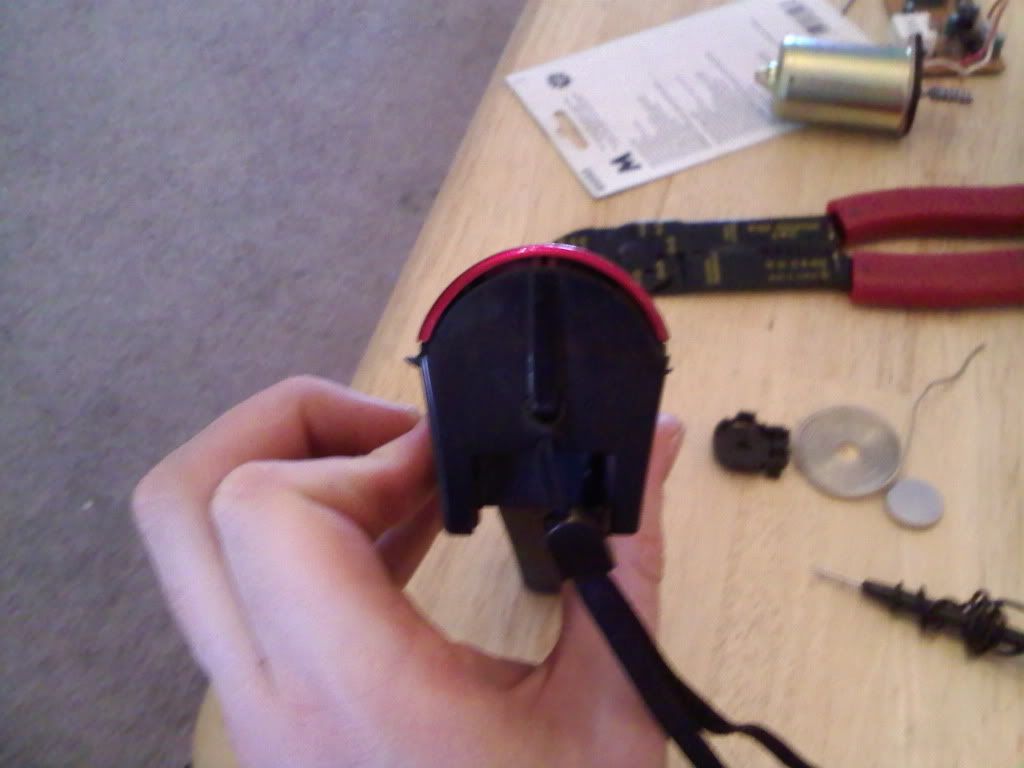




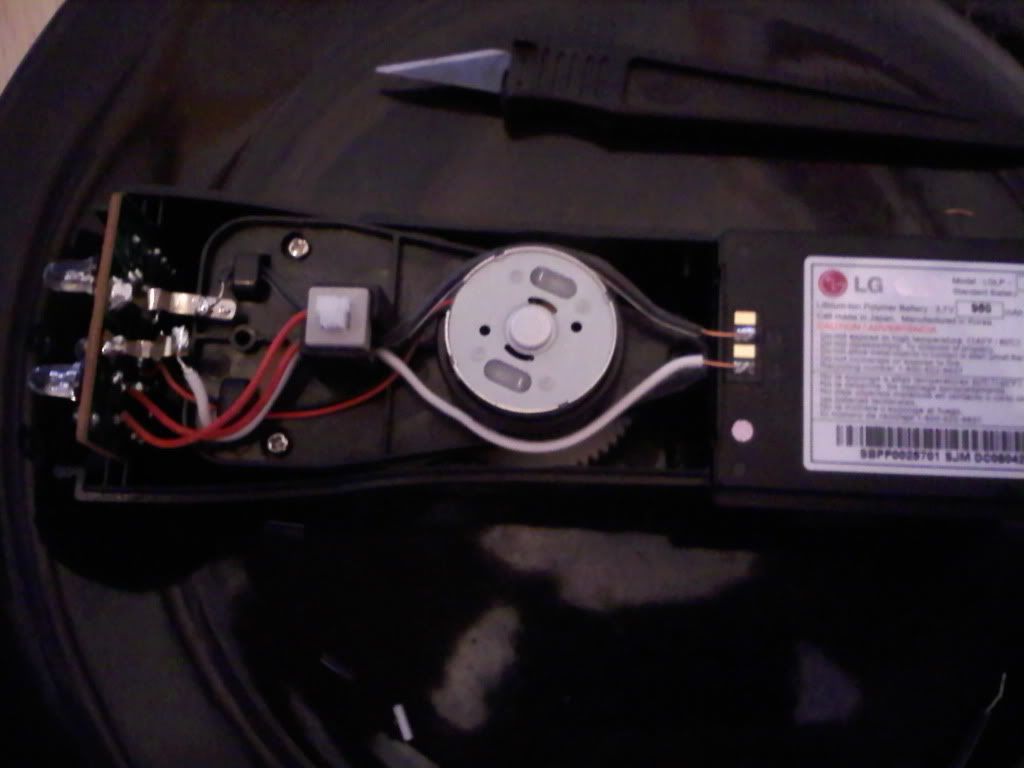
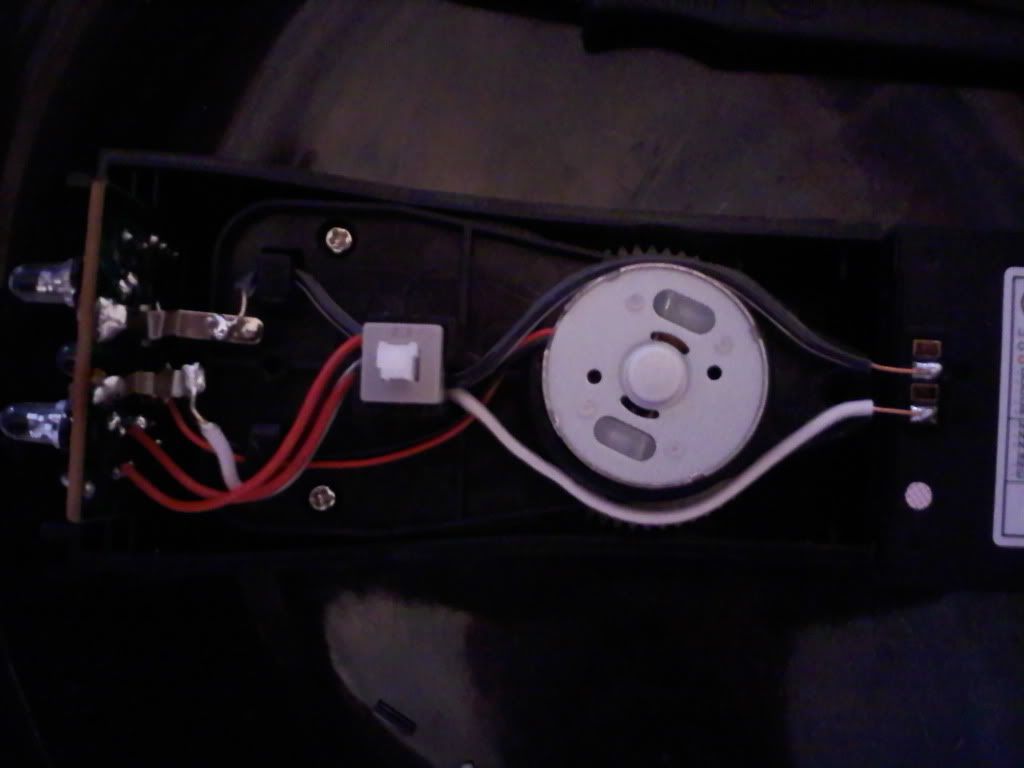
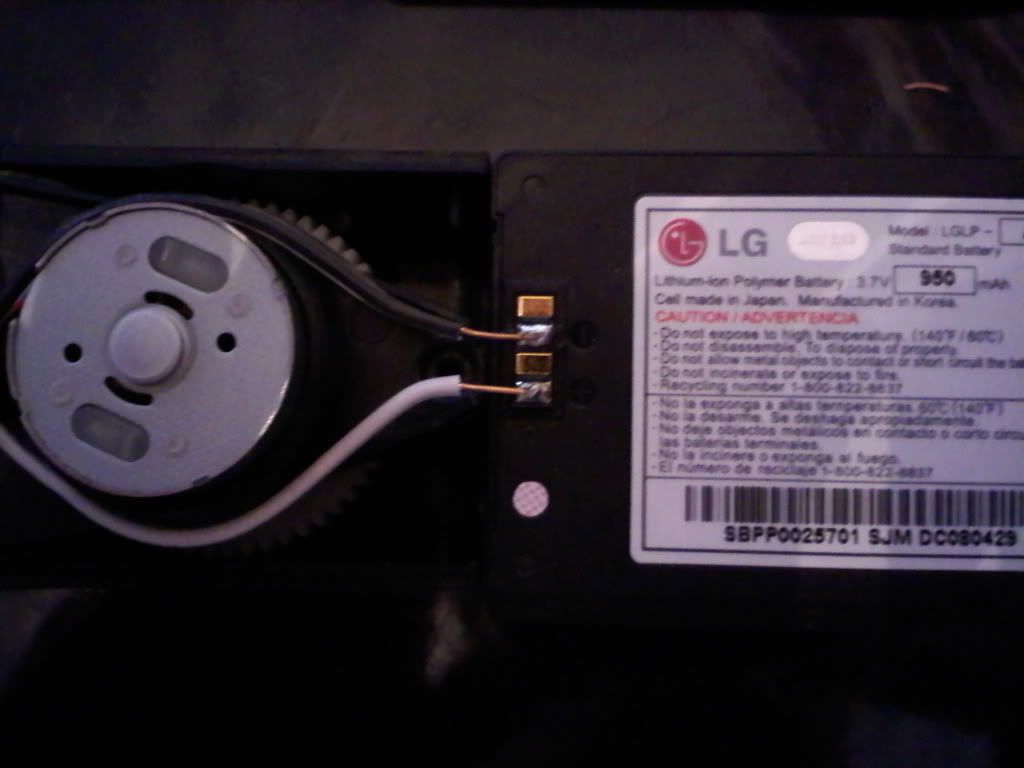
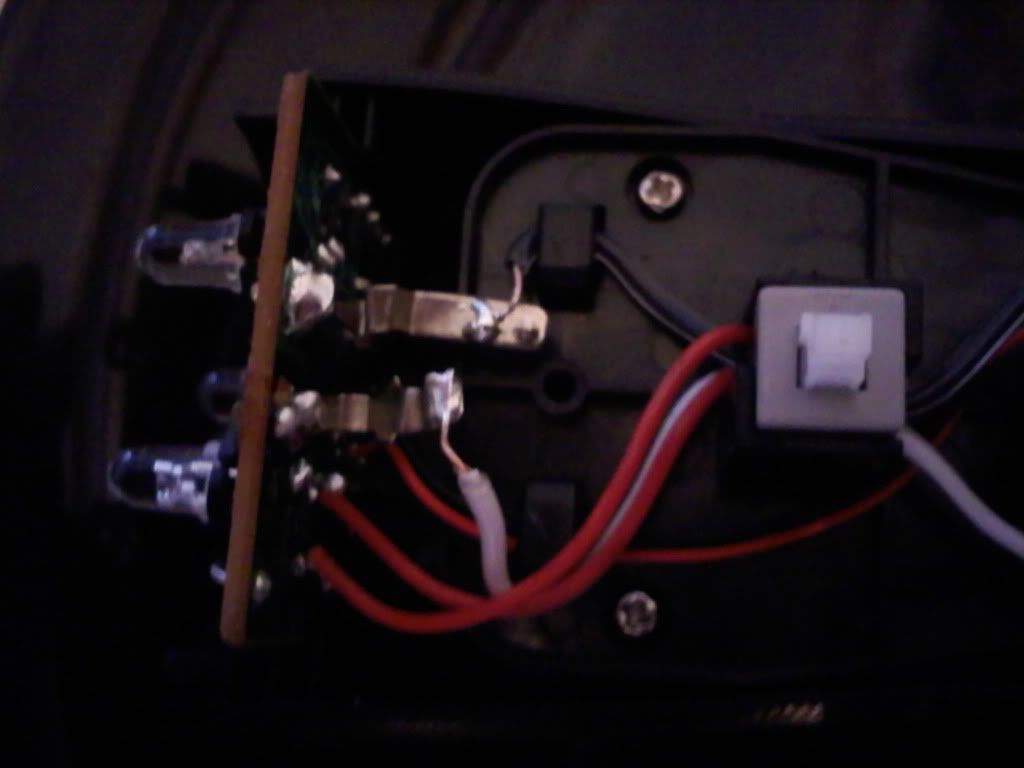
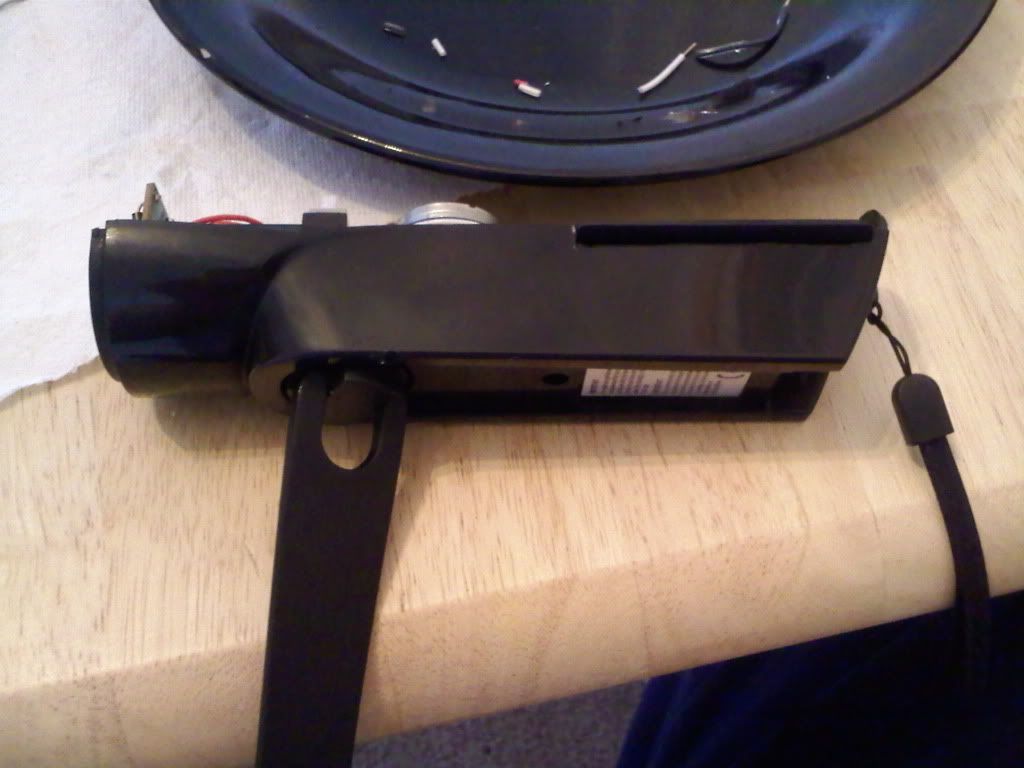
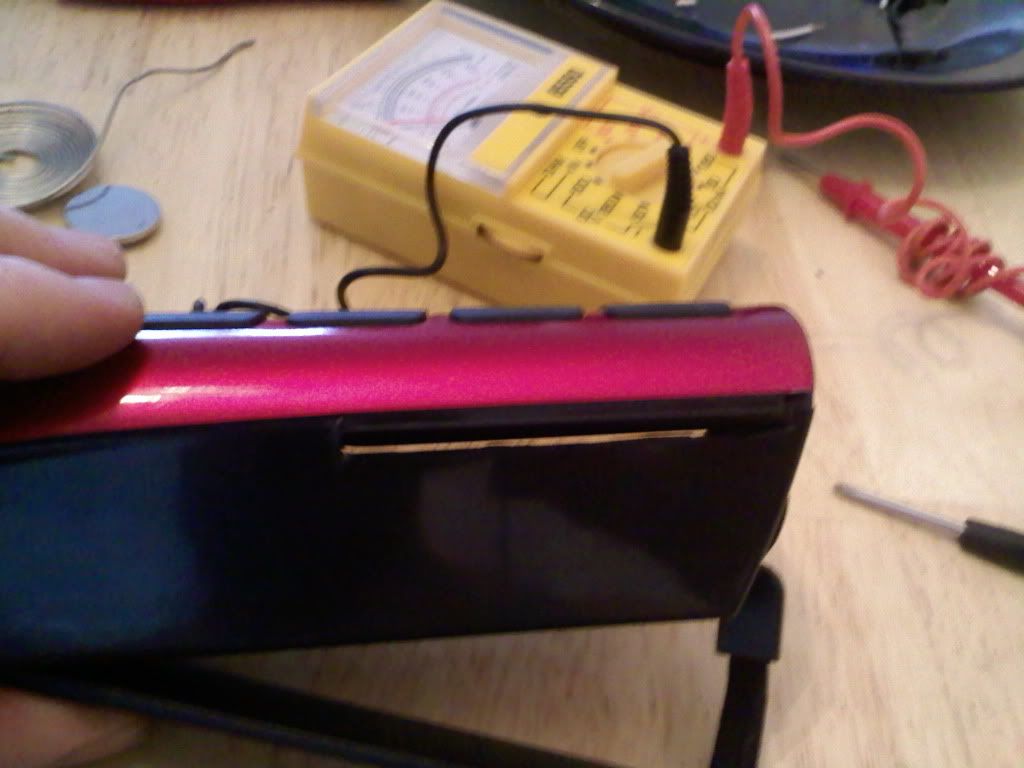
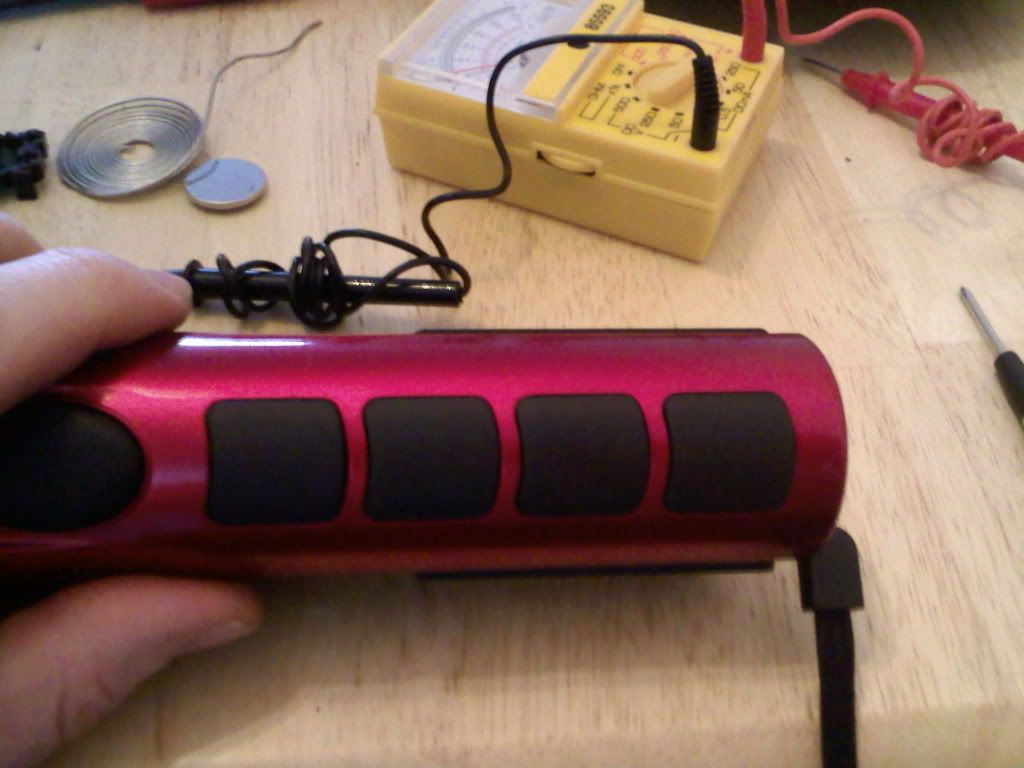

 Reply With Quote
Reply With Quote




